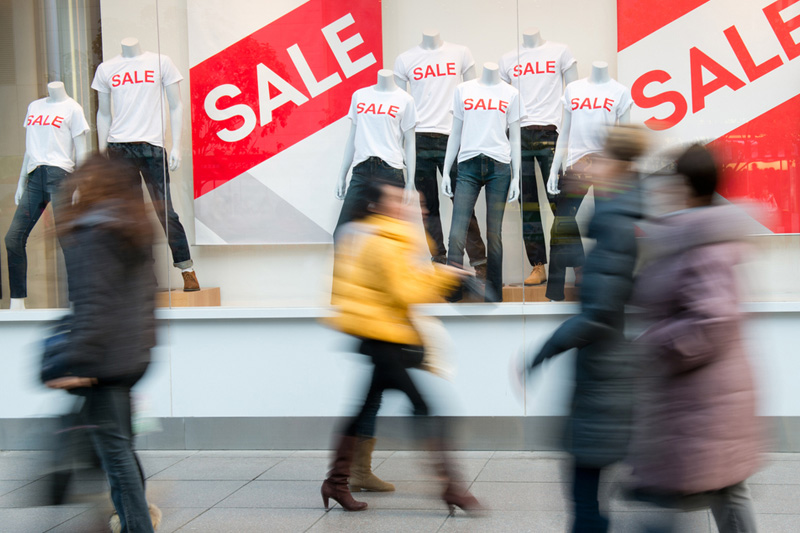(Bloomberg Opinion) -- ‘Tis the season for my “annual temper tantrum,” as the National Retail Federation calls my pre-emptive skepticism about the accuracy of its holiday shopping forecast.
The NRF releases a poorly designed survey each year – the 2018 edition came out last month -- and hypes it as if it were fact. When I point out exactly how wrong these projections are, they call me a Grinch. Then events prove me right, and a wonderful holiday season is had by all.
For 2018, the NRF expects consumers to spend 4.1 percent more than they did during the 2017 winter holidays. Overall, the federation is forecasting that holiday sales will increase between 4.3 percent and 4.8 percent. For 2017, the group forecast that holiday sales would gain between 3.6 percent and 4 percent and that individuals would increase their spending 3.4 percent. Sales actually rose 5.5 percent.
This year pretty much looks like every year:
1. The trade group, full of biases, randomly surveys shoppers on what they plan to spend this holiday season, and what they spent last year.
2. The NRF projects consumer holiday spending by calculating the net difference between the forecast of future spending behavior for the current year and consumers’ recollection of how much they spent the year before. (Inexplicably, the group relies on consumers’ memory, even though actual previous-year numbers are available.)
3. Headline writers parrot the findings to the public.
4. With stunning regularity, the forecasts turn out to be wrong.
5. When the actual sales data come out in January, everyone but me has already moved on.
6. Wait one year, repeat.
This is problematic because fake news can affect investors, and never for the better.
Here’s why the NRF’s approach is so inherently flawed: The surveys ask people to make what is essentially a prediction of their own spending behavior. The academic literature is rich with examples of how terrible humans are at making specific forecasts of what they will actually do in the future. Look no further than the sale of gym memberships and diet books for proof that we are well-intentioned but clueless as to our own future behavior.
The second half of the forecast equation is similarly faulty. Asking people how much they spent last holiday season is an exercise in the fallibility of human memory. This also has a robust literature of studies and white papers, but I will save you some time: Our memories are full of biases and terribly unreliable.
To accurately answer the question “What did you spend last year on holiday gifts?” most people would need to review their credit card bills and bank statements; they would then need to spend a few hours figuring out what were holiday gifts versus ordinary spending. The alternative is simply making something up off the top of your head, what the behavioral scientists technically describe as “Guessing.” We know how accurate that is.
What about this year’s spending? If you ask people how much they will disburse, the only honest answer is “I have no idea.” Omitted from the questions are specifics such as “Did you discuss this with your spouse? Make a budget? Have a shopping list with estimated costs on it?” If not, your respondents are literally making it up.
Given how error-prone last year’s recollection of outlays is and how unlikely it is that this year’s guesstimate will be any more on target, you can deduce exactly how accurate the forecast will be. Spoiler alert: Not very.
That is just the forecast portion. The next bit of madness comes with the Black Friday guesstimates. The day after Thanksgiving, lots of stores run big holiday promotions. Stuffed, bored consumers waddle out to buy more future landfill items. On Monday, some insane numbers are promoted to show how fantastic Black Friday was. These estimates eventually are shown to be terribly inaccurate, too.
As always, the problem is the reliance on consumer survey information and not actual sales data. People are not very good at describing their past behavior or estimating their future behavior.
Finally, when you hear anyone say that Thanksgiving weekend is the biggest shopping weekend of the year, don’t believe it. That superlative belongs to the weekend before Christmas. This year, you get not just two non-workweek days of terror, there is a bonus shopping day on Monday -- Christmas Eve -- to better accumulate more of that useless holiday flotsam.
